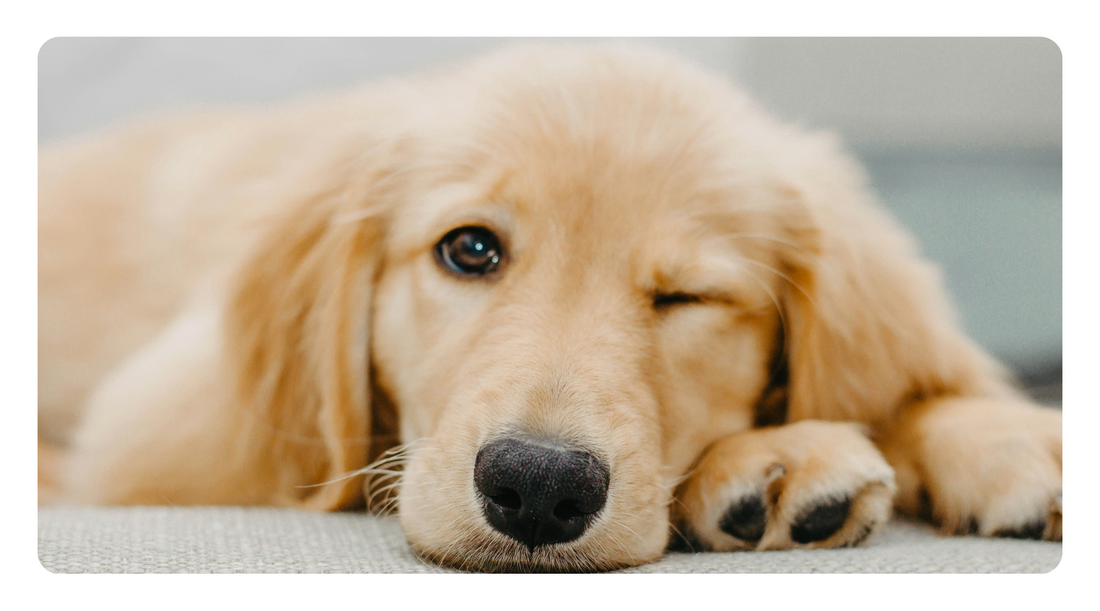We often think about detox as something internal—like liver cleanses, herbal remedies, or gut-healing supplements. But in many cases, a dog’s detoxification pathways are overwhelmed because of constant exposure to toxins in their externalenvironment. From chemical cleaners and lawn pesticides to plastic food bowls and artificial fragrances, these everyday substances quietly contribute to inflammation, immune dysregulation, endocrine issues, and chronic health concerns in dogs.
The good news? You don’t need to overhaul everything in one day. Detoxing your dog’s environment is a step-by-step process that focuses on reducing toxic inputs and giving your dog’s natural elimination systems the support they need to function optimally. Even one small change can make a difference over time.
Here’s a practical roadmap to help you get started—and give your dog a safer, cleaner space to heal and thrive.
1. Swap Out Synthetic Cleaners
Traditional cleaning products are filled with chemicals that can be dangerous to your dog—especially when inhaled or absorbed through their paws. Ingredients like ammonia, chlorine bleach, quaternary ammonium compounds, and formaldehyde releasers are common culprits linked to respiratory irritation, hormonal disruption, and nervous system toxicity.
Dogs are especially vulnerable because they are in close contact with floors and surfaces. They groom their paws, inhale fumes, and sleep on bedding that absorbs these residues.
Switch to pet-safe alternatives:
-
Use diluted white vinegar and baking soda as effective, non-toxic cleaners
-
Choose enzyme-based, biodegradable, or plant-based cleaning products
-
Skip chemical air fresheners, dryer sheets, and synthetic candles
-
Make your own room sprays with hydrosols or essential oils (only safe oils and properly diluted)
This single shift can reduce your dog’s daily chemical exposure significantly—and improve your own indoor air quality as well.
2. Filter Their Water
Clean water is essential for every detox pathway in the body—from the kidneys and liver to the lymphatic system. Unfortunately, municipal tap water often contains a cocktail of contaminants including chlorine, fluoride, heavy metals like lead and arsenic, pharmaceutical residues, and pesticide runoff.
Easy upgrades:
-
Install a high-quality water filter (carbon block, reverse osmosis, or gravity-fed systems)
-
Use stainless steel, ceramic, or glass water bowls to prevent chemical leaching
-
Clean bowls daily to prevent biofilm and microbial buildup
-
Refresh water frequently to encourage healthy hydration
Filtered, chemical-free water helps reduce internal inflammation, supports kidney and liver function, and promotes healthier skin, digestion, and energy.
3. Rethink Lawn and Yard Care
Many popular weed killers, pesticides, and lawn care chemicals have been directly linked to cancer, endocrine disorders, and autoimmune disease in dogs. These toxins are absorbed through the paws, inhaled, and ingested during grooming.
Even small exposures can add up over time.
Safer yard practices:
-
Avoid conventional lawn chemicals like glyphosate and 2,4-D
-
Choose organic fertilizers, compost, and natural pest deterrents
-
Wipe or wash your dog’s paws after yard time or public park visits
-
Designate a pesticide-free potty area lined with gravel, mulch, or clean grass
-
Hose down paws or bathe dogs after known exposure to treated areas
Keep in mind that neighborhood spray drift or walking on treated sidewalks can also contribute to your dog’s exposure.
4. Remove Plastic from Food & Water
Plastic food and water bowls, especially when heated, scratched, or exposed to sunlight, can leach endocrine-disrupting chemicals like BPA, BPS, and phthalates. These substances interfere with your dog’s hormonal system, reproductive health, and immune function.
What to replace:
-
Swap plastic bowls for stainless steel, ceramic, or glass
-
Avoid plastic measuring scoops and storage bins that contact food directly
-
Store food in airtight glass or BPA-free containers
-
Never microwave or heat food in plastic
Plastic is everywhere—but removing it from food and water routines is one of the easiest and most effective ways to reduce your dog’s exposure to hormone-disrupting toxins.
5. Detox the Air
Dogs spend more time indoors than ever before, and they’re closer to the ground—where dust, mold spores, and off-gassing chemicals tend to concentrate. Many homes contain pollutants from furniture flame retardants, vinyl flooring, glues, paints, and scented products that can compromise your dog’s health.
Cleaner air strategies:
-
Open windows daily to circulate fresh air and lower indoor pollutant load
-
Use a HEPA air purifier in high-use areas or rooms with carpet and furniture
-
Skip candles, plug-ins, incense, and room sprays made with synthetic fragrances
-
Choose low-VOC paints and furnishings when remodeling
-
Vacuum regularly with a HEPA-filtered vacuum and use non-toxic floor cleaners
Improving indoor air quality reduces respiratory stress, supports detoxification, and can lower inflammation levels in sensitive dogs.
6. Choose Safer Flea, Tick & Pest Control
Many conventional flea, tick, and heartworm preventatives use neurotoxic pesticides that not only kill parasites but may also disrupt your dog’s nervous and immune systems. These chemicals are stored in fat tissue and can accumulate over time, especially when used monthly without breaks.
Natural alternatives:
-
Use essential oil-based sprays or powders made for dogs (always follow safety guidelines)
-
Bathe your dog regularly and use natural shampoos with insect-repelling herbs like neem and eucalyptus
-
Supplement with garlic (in appropriate doses), brewer’s yeast, or diatomaceous earth for internal support
-
Do thorough tick checks after walks and avoid tall grasses or wooded areas during peak seasons
-
Use safe yard sprays like cedar oil to reduce tick populations naturally
Talk to a holistic vet about rotating protocols or reducing reliance on monthly pesticides, especially if your dog has existing health issues.
Final Thoughts
Your dog’s body is constantly working to eliminate toxins—but the modern world adds more than their systems were designed to handle. Detoxing your dog’s environment doesn’t mean living in a bubble. It means creating a home where your dog’s immune system and detox organs can function without being constantly overwhelmed.
Start with one room, one habit, or one product swap at a time. Over weeks and months, these shifts add up—leading to clearer skin, better digestion, calmer behavior, and stronger immunity.
At The Organic Dog Shop, we’re here to help you simplify detox with carefully selected wellness tools, clean supplements, and natural lifestyle products. Explore our toxin-free essentials today and give your dog a healthier, safer world to thrive in.

